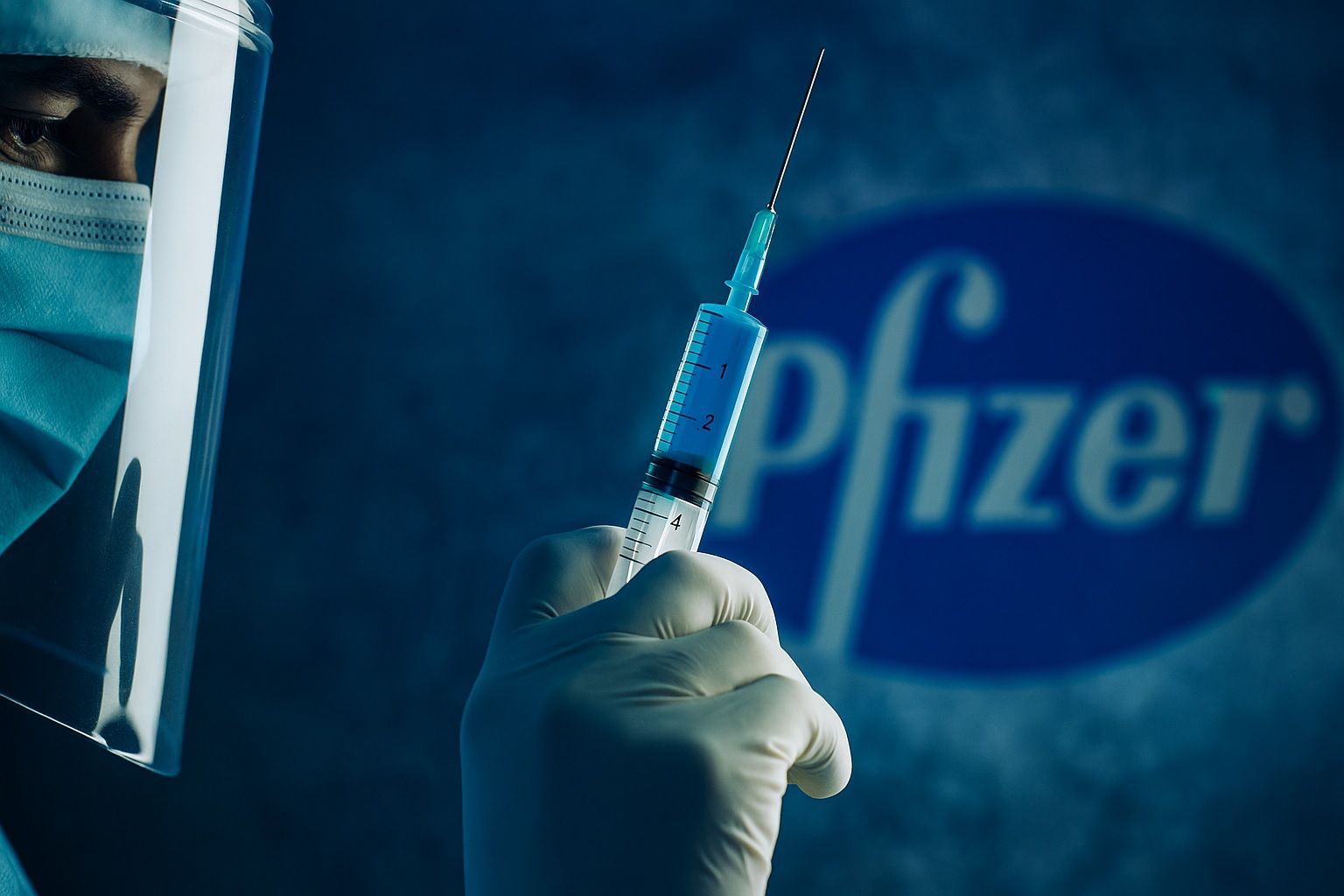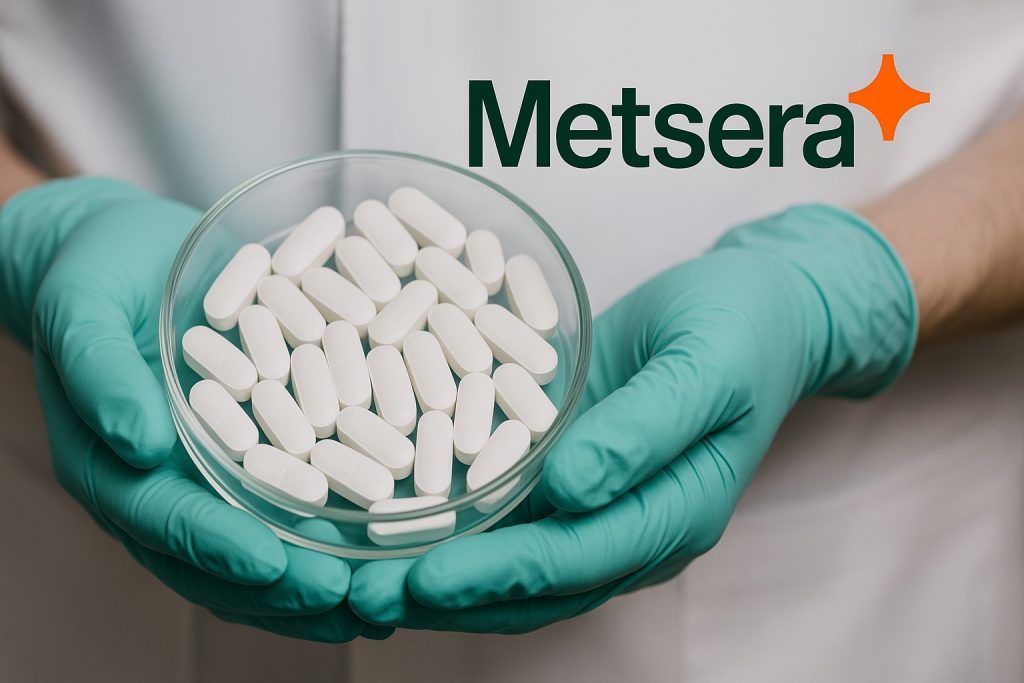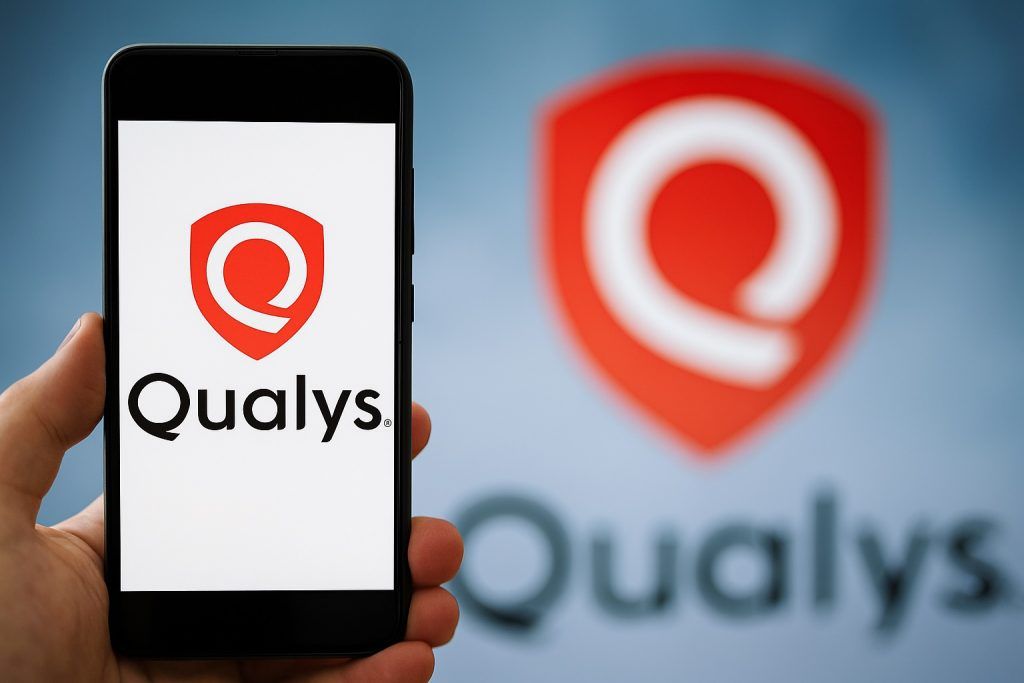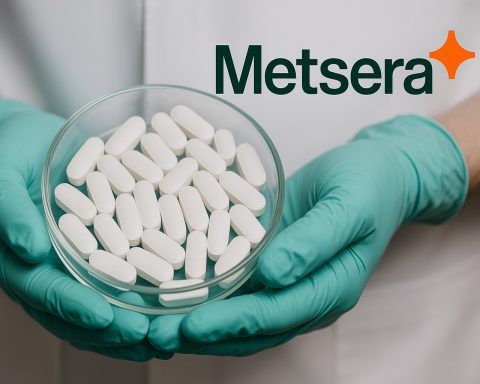Pfizer Inc. (NYSE: PFE) has secured a definitive agreement to acquire weight‑loss biotech Metsera in a transaction valued at up to $10 billion, ending a high‑stakes bidding war with Novo Nordisk and positioning Pfizer squarely back in the fast‑growing obesity market. Metsera accepted Pfizer’s revised offer late Friday; Novo said today it would not raise its competing bid. [1]
Key takeaways
- Price & structure: Pfizer will pay $65.60 in cash per Metsera share plus a contingent value right (CVR) of up to $20.65 per share (total potential value $86.25). [2]
- Why Metsera chose Pfizer: Metsera’s board cited U.S. antitrust risks tied to Novo’s deal structure after a call with the FTC, while Pfizer’s route already has early termination of HSR review in hand from October. [3]
- Closing timeline: A shareholder vote is set for Nov. 13, with both companies expecting to close promptly thereafter. [4]
- Strategic fit: The deal hands Pfizer GLP‑1 and amylin‑based obesity assets in development—an entry into a category some analysts see reaching $150 billion in annual sales by the next decade. [5]
What happened today
Pfizer’s final, sweetened bid prevailed after a week of public twists that included legal skirmishes and regulatory warnings. Metsera said the legal and regulatory risks tied to Novo’s proposal—flagged by the FTC—were “unacceptably high,” tipping the board toward Pfizer’s revised agreement. Novo responded that it would not increase its offer further, effectively bowing out. [6]
Deal terms at a glance
Under the amended merger pact, Metsera holders receive $65.60 in cash and a CVR worth up to $20.65 in additional cash payments contingent on future milestones. While the specific triggers for today’s CVR weren’t detailed in the amendment announcement, the structure mirrors earlier versions that tie payouts to clinical and regulatory progress. [7]
Why Metsera matters to Pfizer
Metsera’s pipeline includes an injectable GLP‑1 candidate (MET‑097i) and an amylin analog (MET‑233i)—therapies often considered complementary in weight management. Analysts cited by Reuters estimate the two could deliver ~$5 billion in combined peak sales, though that upside will depend on clinical success, pricing and competition. [8]
The win gives Pfizer a credible route back into obesity after past in‑house setbacks in weight‑loss programs, and it adds optionality in oral and injectable combinations as the market evolves toward more convenient dosing and multi‑hormone approaches. [9]
The antitrust angle—and why it favored Pfizer
Two regulatory facts shaped the outcome:
- FTC early termination for Pfizer’s deal: Pfizer previously received early termination of the HSR waiting period for its original Metsera agreement—an uncommon but clear green light that eased closing risk. [10]
- FTC concerns about Novo’s structure: Metsera disclosed a call from the FTC regarding potential risks in Novo’s two‑step proposal (which included a large upfront dividend). The board concluded Novo’s path posed heightened legal risk relative to Pfizer’s. [11]
That regulatory contrast—low execution risk at Pfizer versus elevated risk for Novo—was decisive for Metsera’s directors despite a fierce price contest through the week. [12]
Investor context: what to watch next
- Shareholder vote & closing: Metsera’s Nov. 13 special meeting is next. Both sides signal a quick close if shareholders approve. [13]
- Integration & R&D pace: Pfizer has said it plans to accelerate Metsera’s portfolio using its global development and commercial footprint. Watch for updated Phase 3 timing and any manufacturing plans as GLP‑1 supply remains a competitive bottleneck industry‑wide. [14]
- Valuation vs. returns: Bernstein cautioned the price implies ambitious long‑term revenue assumptions and flagged potential GLP‑1 pricing pressure over time—key variables for PFE holders assessing deal ROI. [15]
Market impact and the competitive landscape
The obesity category remains the most hotly contested therapeutic market in pharma, with Novo Nordisk and Eli Lilly leading in GLP‑1s and combo regimens. Metsera gives Pfizer a second act in the space and optionality to pursue GLP‑1 + amylin combinations that may enhance efficacy or tolerability against entrenched competitors. Analysts continue to peg total category sales at up to $150 billion in the next decade, underscoring why this auction escalated quickly. [16]
Beyond M&A: Pfizer’s near‑term fundamentals
Earlier this week, Pfizer raised and narrowed 2025 adjusted EPS guidance to $3.00–$3.15, reiterated 2025 revenue guidance of $61–$64 billion, and highlighted progress on a multi‑year cost‑reduction program targeting $7.2B net savings by end‑2027 (about $4.5B by year‑end 2025). Those levers—plus potential new obesity revenue streams—frame the company’s 2026–2028 earnings story as COVID‑era sales continue to normalize. [17]
Bottom line
Pfizer’s $10B victory for Metsera is more than headline M&A—it is Pfizer’s most assertive step yet to re‑enter obesity with late‑stage ambitions and a cleaner regulatory path than its rival’s bid seemed to offer. Execution risk remains (clinical outcomes, pricing power, supply), but today’s outcome gives PFE a credible shot at participating in the biggest growth market in biopharma over the coming decade. [18]
Disclosure: This article is for informational purposes only and is not investment advice.
References
1. www.reuters.com, 2. www.prnewswire.com, 3. www.prnewswire.com, 4. www.prnewswire.com, 5. www.reuters.com, 6. www.reuters.com, 7. www.prnewswire.com, 8. www.reuters.com, 9. www.reuters.com, 10. investors.pfizer.com, 11. www.prnewswire.com, 12. www.reuters.com, 13. www.prnewswire.com, 14. www.wsj.com, 15. www.reuters.com, 16. www.reuters.com, 17. www.businesswire.com, 18. www.reuters.com




